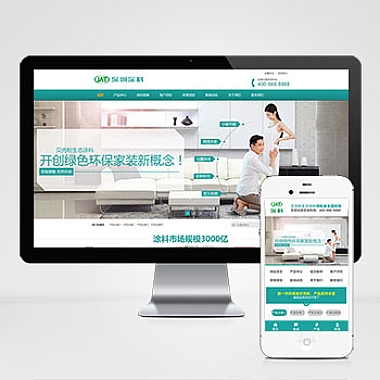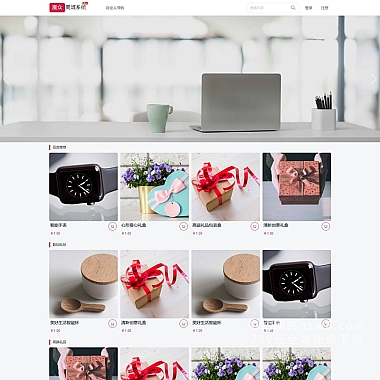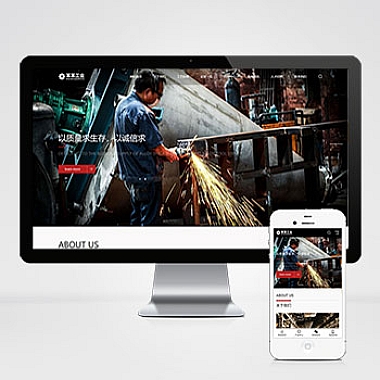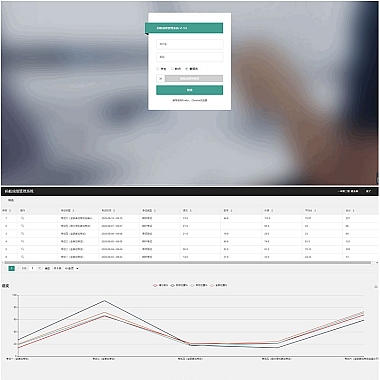bootstrap可编辑表格_bootstrap表单
在Web开发中,实现一个用户可以方便地直接在表格内编辑数据的功能是非常实用的。使用Bootstrap框架结合其他技术手段(如JavaScript、jQuery插件等),我们可以构建出美观且功能强大的可编辑表格。下面介绍几种解决方案。
一、基于原生HTML和Bootstrap样式
最基础的方法是利用HTML5中的contenteditable属性与Bootstrap的样式类来创建简单的可编辑单元格。我们定义好表格结构,并为需要编辑的单元格添加此属性。例如:
html
</p>
<title>Bootstrap Editable Table</title>
<!-- 引入Bootstrap CSS -->
<div class="container mt-5">
<table class="table table-bordered">
<thead>
<tr>
<th>Name</th>
<th>Age</th>
<th>Actions</th>
</tr>
</thead>
<tbody>
<tr>
<td>John Doe</td>
<td>30</td>
<td><button type="button" class="btn btn-primary">Save</button></td>
</tr>
</tbody>
</table>
</div>
<!-- 引入Bootstrap JS和其他依赖 -->
<p>这种方法简单直接,但缺乏高级交互性,比如保存修改后的数据到服务器端等功能。
二、引入jQuery插件
为了增强用户体验并简化开发流程,可以考虑使用一些成熟的jQuery插件,像jEditable或X-editable。这里以X-editable为例展示如何将其集成到Bootstrap项目中。
在页面中包含必要的库文件:
html
<!-- X-editable CSS -->
<!-- jQuery (necessary for Bootstrap's JavaScript plugins) --></p>
<p><!-- X-editable JS --></p>
<p>然后初始化表格中的元素为可编辑状态:
javascript
$(function(){
$.fn.editable.defaults.mode = 'inline'; // 设置为行内编辑模式</p>
<pre><code>$('.editable').each(function() {
$(this).editable({
type: 'text', // 编辑控件类型
url: '/post', // 提交地址,实际应用中应替换为有效接口
pk: 1, // 主键值,根据实际情况设置
title : 'Enter username'
});
});
});
并在HTML中指定哪些列是可以被编辑的:
html</p>
<table class="table table-bordered">
<thead>
<tr>
<th>Name</th>
<th>Age</th>
<th>Actions</th>
</tr>
</thead>
<tbody>
<tr>
<td data-name="name" class="editable">John Doe</td>
<td data-name="age" class="editable">30</td>
<td><a href="#" id="save-btn" class="btn btn-primary">Save</a></td>
</tr>
</tbody>
</table>
<p>这种方式不仅提供了更丰富的编辑体验,还能够方便地处理表单验证、异步提交等复杂场景。
三、使用前端框架(如Vue.js或React)
对于大型项目或者需要更高性能的应用程序来说,采用现代前端框架可能是更好的选择。这些框架通常具有良好的双向数据绑定机制,使得构建动态表格变得更加容易。不过这超出了讨论范围,有兴趣的朋友可以自行探索相关资料。
通过以上三种方法之一,你可以根据具体需求和技术栈偏好来创建适合自己项目的Bootstrap可编辑表格。无论选择哪种方式,都不要忘记考虑到安全性和兼容性问题。











